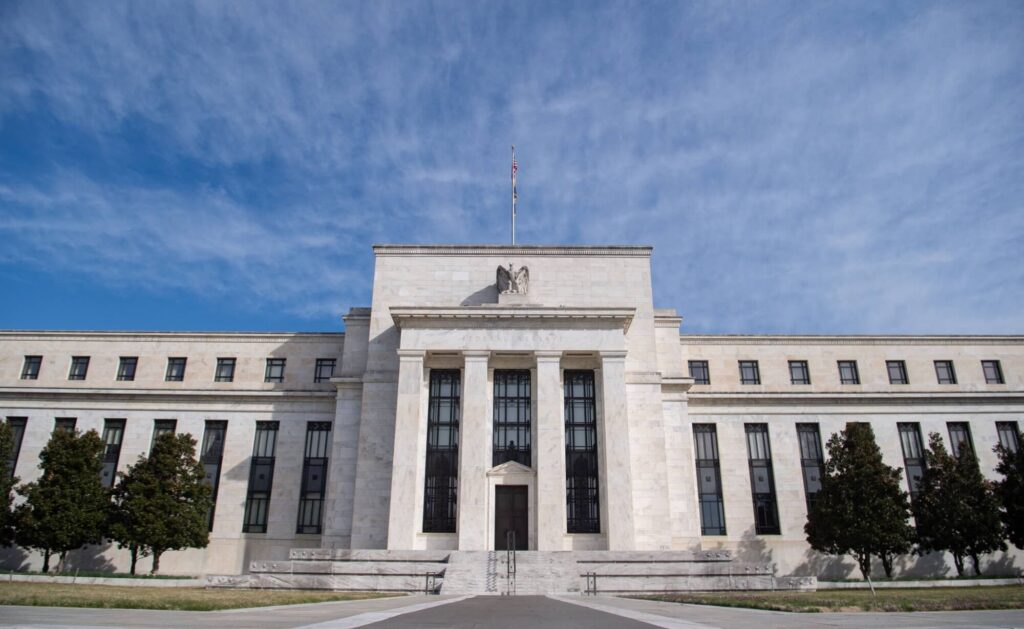Bond traders have recalibrated their expectations, abandoning the likelihood of a Federal Reserve rate cut in March. The shift in sentiment has led to a reevaluation of market-implied odds, with swap rates now aligning with approximately 50% probability of a quarter-point reduction in the federal funds target during the first quarter. This adjustment follows a period where traders had come close to fully pricing in a rate cut in March, driven by economic data and revised forecasts from financial institutions like Goldman Sachs and Barclays.
Market Dynamics: The recent change in market sentiment can be attributed, in part, to stronger-than-expected December US retail sales data. Additionally, a selloff in UK short-term debt, prompted by higher-than-anticipated domestic inflation data, contributed to the reassessment of expectations. The market had previously factored in a higher likelihood of easing measures by the Bank of England, which is now being reconsidered.

Expert Insights: Tracy Chen, a portfolio manager at Brandywine Global Investment Management, emphasized that the market’s aggressiveness in pricing the magnitude and timing of rate cuts may be excessive. Chen believes that the first Fed rate cut is more likely to occur in June rather than March. She noted that today’s retail data indicates consumer resilience, adding a layer of complexity to the rate-cut expectations.
Anticipated Fed Actions: Despite the adjusted expectations for March, traders still anticipate the Federal Reserve to implement a reversal of the aggressive tightening campaign conducted in 2023. The initial cap on the federal funds rate was lifted to 5.5% in July 2023 from 0.25% at the beginning of 2022. However, the projected total cuts have been revised to around 140 basis points, down from a recent peak near 175 basis points.
Market Impact: The reassessment of the expected trajectory for US monetary policy has led to higher yields on Treasury securities. The two-year note’s yield climbed as much as 15 basis points to 4.37%, while the UK two-year yield rose 21 basis points to its highest level since mid-December. This adjustment in market dynamics also influenced an auction of 20-year bonds, resulting in a higher-than-anticipated yield of 4.423%.
Expert Perspectives: Marilyn Watson, Head of Global Fundamental Fixed Income Strategy at BlackRock Inc., shared her views on Bloomberg Television, expressing skepticism about the data justifying a Fed rate cut in the short term. Watson suggested that it is more likely to occur later in the year than March.
Conclusion: The fluid dynamics of economic data, inflation indicators, and market expectations contribute to the evolving landscape of Fed rate projections. Bond traders’ adjustments reflect a nuanced understanding of the factors influencing central bank decisions and their potential impact on the broader financial markets.









